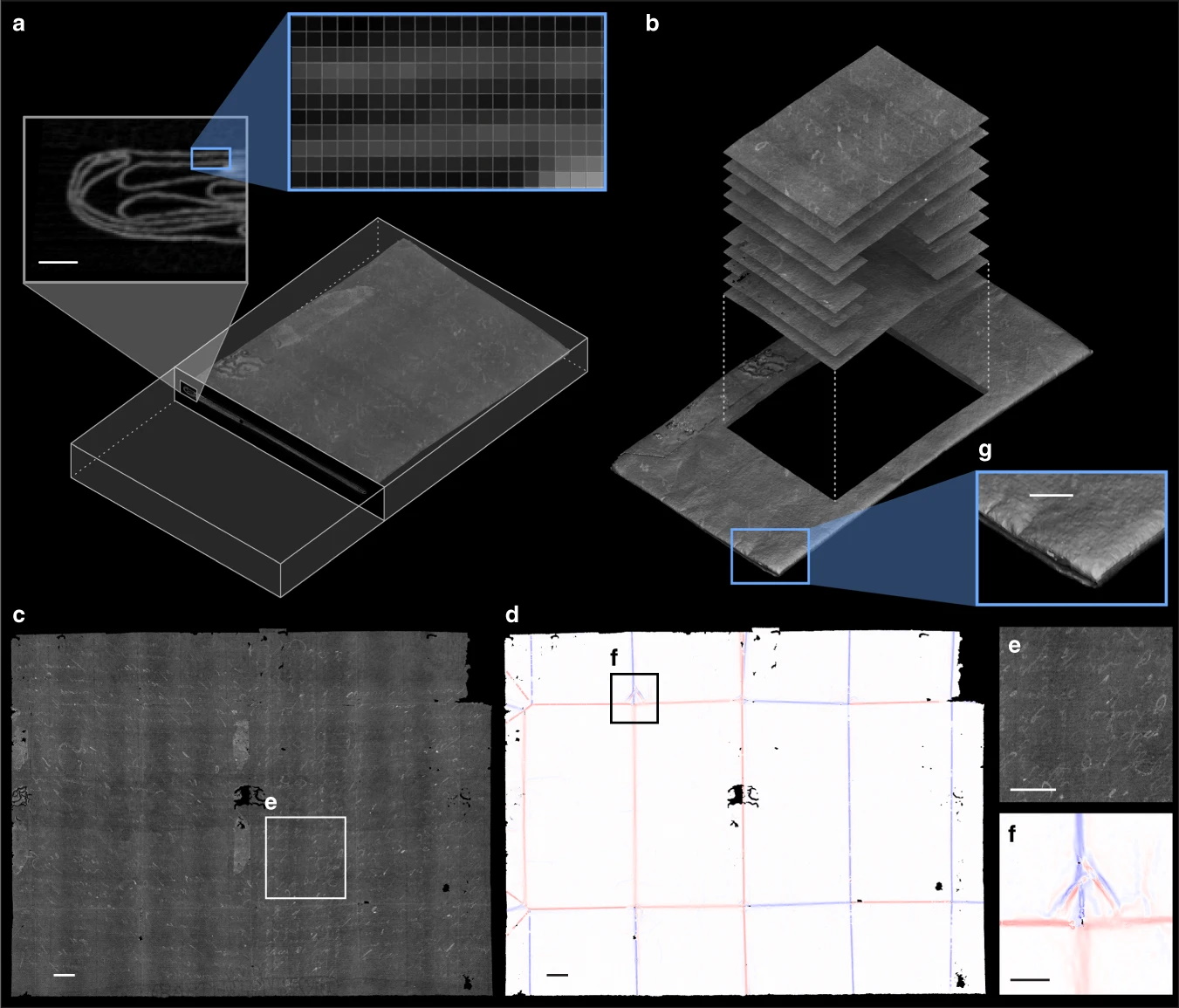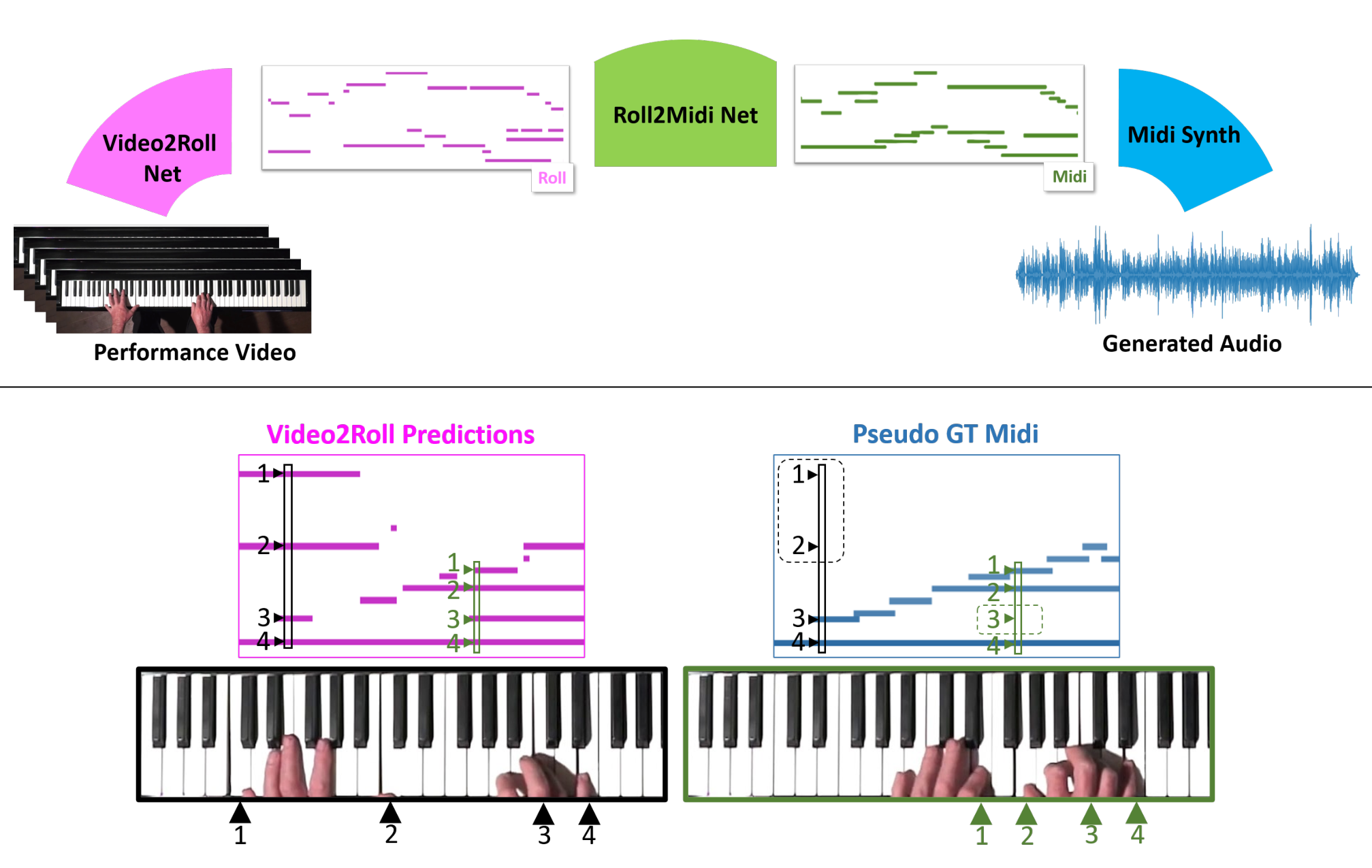There exists more AI news out there than any of us can possibly keep up with. But you can stick tolerably up to date on the best developments with this column, those collects AI and tools learning advancements from across the globe and explains why they are important to tech, startups and even civilization.
To get started on a lighthearted note: Many ways researchers find to apply hardware learning to the arts are always enlightening — though not always profitable. A team from the University of texas of Washington wanted to examine if a computer vision system could learn to tell what is appearing played on a piano solely from an overhead view to the keys and the player’s palms.
Audeo , the system office staff by Eli Shlizerman, Kun Su and Xiulong Liu, watches video of the piano playing and first removes a piano-roll-like simple fight of key presses. Then it adds expression in the form of dimension and strength of the foule, and lastly polishes it up to have input into a MIDI synthesizer for output. The results are a little loose but definitely famous.
“To create tunes that sounds like it could be shown in a musical performance had been believed to be impossible, ” wanted to say Shlizerman. “An algorithm is required to figure out the cues, and / or ‘features, ’ in the image frames that are related to yielding music, and it needs to ‘imagine’ the sound that’s happening such as the video frames. It requires a method that is both precise since imaginative. The fact that we gained music that sounded pretty long was a surprise. ”
Another from the community of arts and messeges is this extremely fascinating study into computational unfolding of ancient letters additionally delicate to handle. The VIA team was looking at “locked” letters from the 17th century that are really intricately folded and closed that to remove the is a fantastic and flatten it might without doing awkward exorcizes damage them. Their access was to X-ray the letters and set a new, advanced line to work deciphering the resulting ımages.

Diagram showing Ray x views of a letter a lot more it is analyzed to relatively unfold it. Image Credits: MIT
“The algorithm ends up exercising an impressive job at splitting the layers of news, despite their extreme slimness and tiny gaps between them, sometimes less than the remedy of the scan, ” MIT’s Erik Demaine said. “We weren’t sure it would be straightforward. ” The work may be topical to many kinds of documents could be difficult for simple Xray techniques to unravel. It’s a tiny stretch to categorize this type of as “machine learning, ” but it was too remarkable not to include. Read the loaded paper at Nature Communications .
You get it a charge point for an electric car and find this task to be out of service. You could possibly even leave a bad evaluate online. In fact , thousands of some of these reviews exist and comprises a potentially very useful chart for municipalities looking to seeking to electric vehicle infrastructure.
Georgia Tech’s Omar Asensio trained a natural language running model on such reviews and it in the event the became an expert at parsing them by the thousands on top of that squeezing out insights point where outages were prevailing, comparative cost and other particulars.








